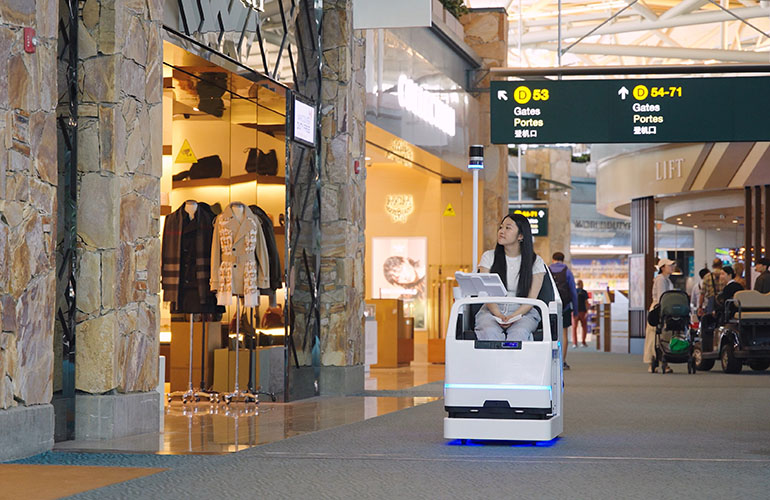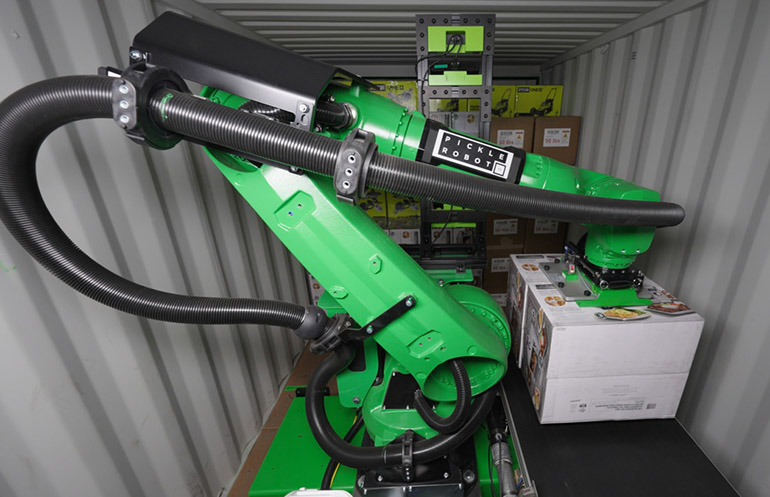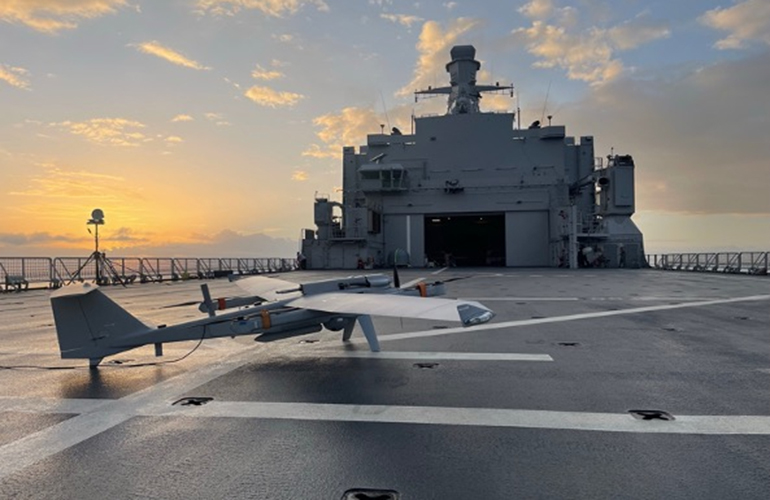A&K Robotics’ self-driving robots are used to navigate large spaces such as airports and malls. | Source: A&K Robotics
Rick Hansen Foundation, a non-profit dedicated to removing barriers for people with disabilities, is partnering with A&K Robotics, an autonomous micromobility company. The companies say the strategic partnership will aim to advance accessibility and inclusivity.
“The Rick Hansen Foundation continues to embrace innovation in removing barriers for the 1 in 4 Canadians with disabilities,” Brad McCannell, VP of Accessibility & Inclusion at the Rick Hansen Foundation, said. “People with disabilities continue to face numerous barriers on a daily basis, and we look forward to collaborating with A&K Robotics to advance meaningful accessibility for all through this new and exciting technology.”
The companies will work to catalyze new accessibility methods in various settings, including airports, malls, and schools, by adopting cutting-edge innovations and self-driving technologies. This includes A&K’s Cruz mobility pods. These pods are an autonomous, electric micromobility platform that can safely transport people with limited mobility in crowded spaces.
Rick Hansen Foundation and A&K’s collaboration will include discussions, workshops, and evaluations for improving accessibility in airports and other spaces using autonomous mobility pods and developing models and use cases for technology adoption. The companies aim to optimize the flow of travelers while maximizing meaningful accessibility for people of all ages and disabilities. They plan to take input from people with varying lived experiences with disability to best meet the community’s needs.
Inside A&K Robotics Cruz mobility pods
A&K’s Cruz mobility pods are currently being tested in airports. In July, the company announced it’s working with British Columbia’s Integrated Marketplace delivered by Innovate BC to test its self-driving robotic pods at the Vancouver International Airport (YVR). There, A&K hopes its pods will enhance traveler experiences by enabling passengers to get around with more ease and independence, whether reaching their gates or getting food at restaurants.
A&K Robotics tested its robots at the Hartsfield-Jackson Atlanta International Airport in 2022. The robots went to work at the airport’s departure level Concourse C to help people who needed help traveling to their gates for flights or to get food at restaurants.
Jai Farrell, deputy general manager and chief commercial officer of Hartsfield-Jackson Atlanta International Airport, said the test deployment yielded “very impressive” results. A&K spent 2023 closing a funding round, adding more functionality to its platform, and collaborating with more airports.
“Our collaboration with the Rick Hansen Foundation marks a pivotal step in our journey at A&K,” Matthew Anderson, CEO of A&K Robotics, said. “RHF’s unparalleled expertise in creating inclusive environments makes them the ideal partner to help us advance our mission of setting new standards in accessible design, ensuring that our robots are innovative, inclusive, and accessible to all.”
The Canadian company said its Cruz autonomous pods use an intelligent navigation system to help connect people with mobility challenges to the full airport experience. This includes accessing shops, restaurants, accessible washroom facilities, and other amenities.
Other airport mobility systems
A&K Robotics isn’t the only company hoping to make airports, and other areas, easier to navigate for those with disabilities. A recent study from AARP (PDF) showed that 14% of travelers over the age of 50 in 2024 expect to require accommodations for disability, with 78% of those expecting mobility accommodations.
Earlier this year, WHILL, a robotic wheelchair developer, began offering rides to passengers traveling through Miami and Los Angeles international airports. The company’s autonomous service allows people to navigate airports and other public spaces using a self-driving mobility device that automatically transports them to their selected destination.
Other companies are taking a different approach to making airports more accessible. Instead of transporting travelers throughout the airport, they’re focusing on bringing food and other items directly to passengers wherever they are in the building. For example, Ottonomy offers last-mile delivery robots for a variety of circumstances, including airports. The company successfully deployed its Ottobots at the Rome Fiumicino International Airport in 2023.

 3 months ago
42
3 months ago
42









 English (US) ·
English (US) ·